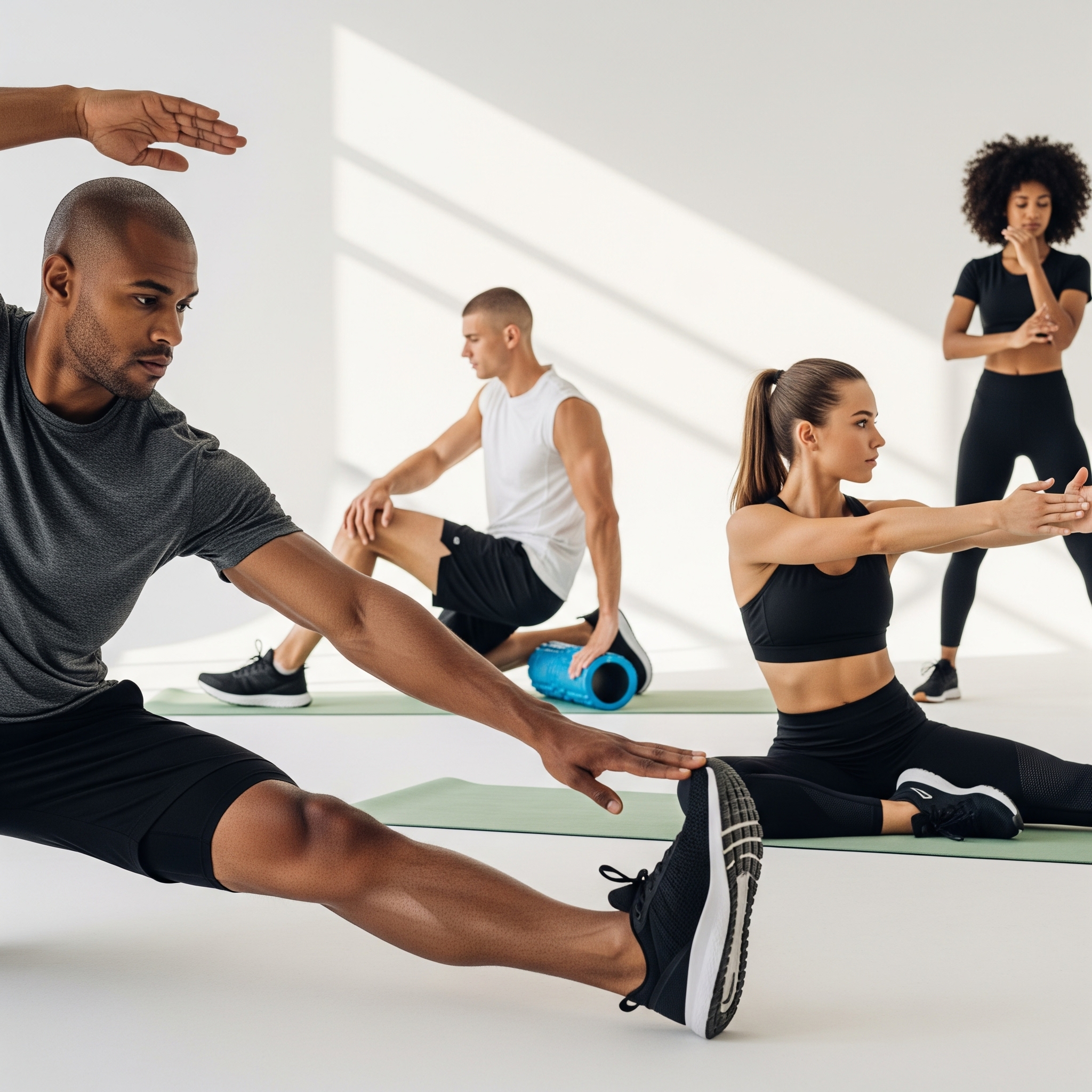We live in a culture often obsessed with high-intensity workouts and pushing our physical limits. While these forms of exercise certainly have their place, the value of active recovery and low-impact activities is often underestimated, if not entirely overlooked. Yet, these gentler approaches hold significant power, not just for injury prevention and recovery, but also for enhancing overall fitness, mental well-being, and long-term sustainability in our fitness journeys.
Active recovery, in its simplest form, involves engaging in light physical activity during rest days or after intense workouts. Instead of collapsing on the couch, you might opt for a leisurely walk, gentle stretching, foam rolling, or a slow-paced swim. The key difference from complete rest is the continued, albeit low-intensity, movement.
The Multifaceted Value of Active Recovery
The advantages of incorporating active recovery into your routine are numerous and contribute to a healthier and more resilient body:
-
Enhanced Blood Flow and Circulation:
-
Your blood is the transport system for supplies in and out of the muscles. Light movement helps to increase blood flow to your muscles, flushing out metabolic byproducts like lactic acid that accumulate during intense exercise. This improved circulation delivers vital nutrients and oxygen, accelerating the repair and regeneration of muscle tissue. Think of it as actively clearing the debris after a construction project, allowing for smoother rebuilding.
-
Reduced Muscle Soreness and Stiffness:
-
While it might seem counterintuitive, gentle movement can actually alleviate delayed onset muscle soreness (DOMS). The increased blood flow and gentle stretching help to break up muscle adhesions and reduce inflammation, leading to greater comfort and mobility.
-
Improved Recovery Time:
-
By actively promoting tissue repair and reducing inflammation, active recovery can significantly shorten the time it takes for your body to recover between intense workouts. This allows you to train more consistently and effectively in the long run. For many athletes this is the primary value of active recovery.
-
Maintained Cardiovascular Fitness
-
Even low-intensity activities contribute to maintaining a base level of cardiovascular fitness. While they won’t provide the same intensity as a HIIT session, they keep your heart rate elevated and your cardiovascular system engaged, preventing deconditioning during rest periods. For our Ascot personal training clients that train regularly we include regular low intensity training that creates beneficial metabolic changes in the muscles.
-
Enhanced Flexibility and Range of Motion
- Activities like gentle stretching and yoga, often incorporated into active recovery, improve flexibility and range of motion. This not only reduces the risk of injury but also enhances athletic performance and overall functional movement.
-
Mental Well-being and Stress Reduction
-
Engaging in light physical activity can have a positive impact on your mental state. It can help to reduce stress hormones, improve mood, and promote a sense of well-being. A gentle walk in nature, for instance, can be incredibly restorative for both the body and mind.
The Power of Low-Impact Activities
Low-impact activities are exercises that minimize stress on your joints. Unlike high-impact exercises like running or jumping, they keep one foot on the ground at all times, reducing the jarring forces transmitted through your body. These activities are not just for those recovering from injury or with joint issues; they offer a wealth of benefits for everyone:
-
Joint-Friendly and Sustainable: The reduced stress on joints makes low-impact activities ideal for long-term fitness and for individuals of all ages and fitness levels, including those with arthritis or other joint conditions. They allow you to stay active without risking overuse injuries.
-
Excellent for Cardiovascular Health: The value of active recovery activities like swimming, cycling, elliptical training, and brisk walking can provide a fantastic cardiovascular workout without the pounding associated with high-impact exercises. They effectively strengthen your heart and lungs.
-
Muscle Strengthening and Endurance: Low-impact activities can still effectively build muscle strength and endurance. Cycling works your leg muscles, swimming engages your entire body, and even brisk walking can strengthen your lower body and core.
-
Improved Balance and Coordination: Activities like Tai Chi and Pilates, often considered low-impact, are excellent for improving balance, coordination, and core strength, which are crucial for preventing falls and maintaining functional independence as we age.
-
Versatility and Accessibility: Low-impact activities are often highly versatile and accessible. You can swim at a local pool, cycle outdoors or indoors, walk in your neighborhood, or practice yoga in your living room. This makes them easier to incorporate into your daily routine.
Integrating Active Recovery and Low-Impact Activities
The key is to find a balance. Don’t view active recovery and low-impact activities as less important than high-intensity workouts. Instead, see them as integral components of a well-rounded fitness plan. Schedule active recovery days between intense training sessions. Incorporate low-impact activities into your weekly routine for sustainable cardiovascular health and muscle strengthening.
Listen to your body. Active recovery should feel gentle and restorative, not strenuous. Low-impact activities should challenge you without causing pain. By embracing the power of these gentler forms of movement, you can unlock a path to greater physical resilience, improved recovery, enhanced well-being, and a more sustainable and enjoyable fitness journey for years to come. So, step away from the relentless pursuit of the burn and discover the profound benefits of moving with intention and kindness towards your body.
